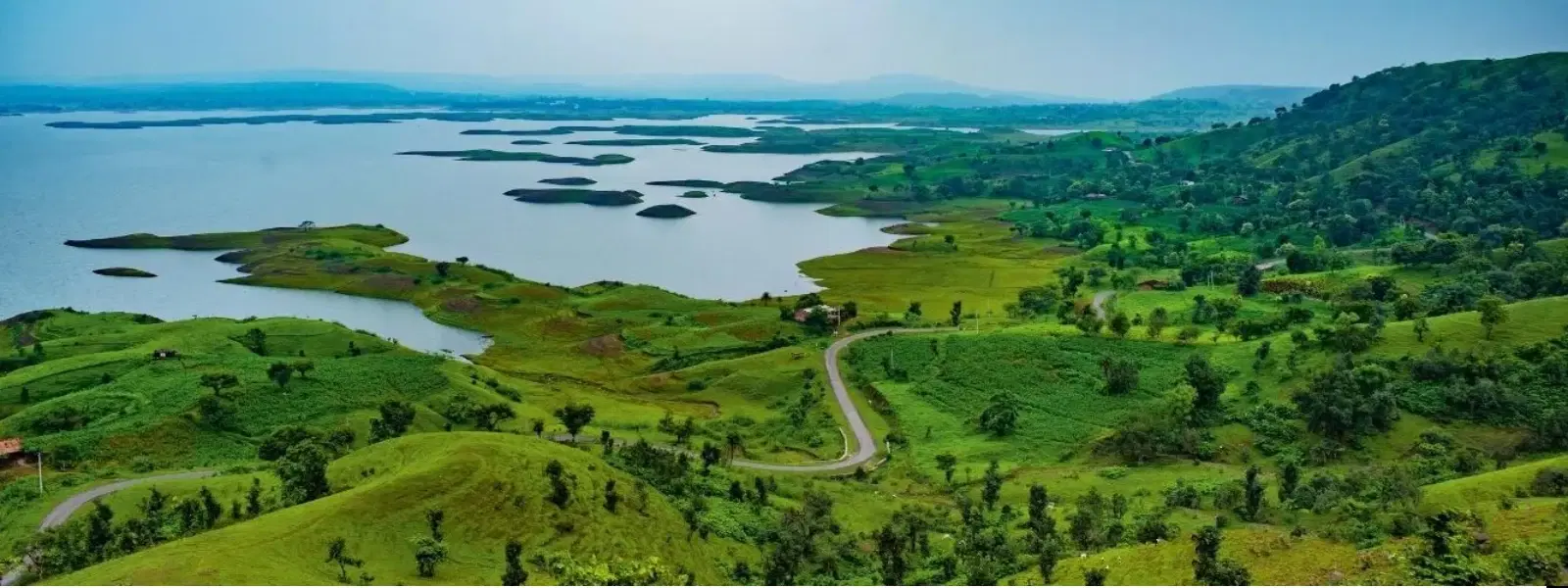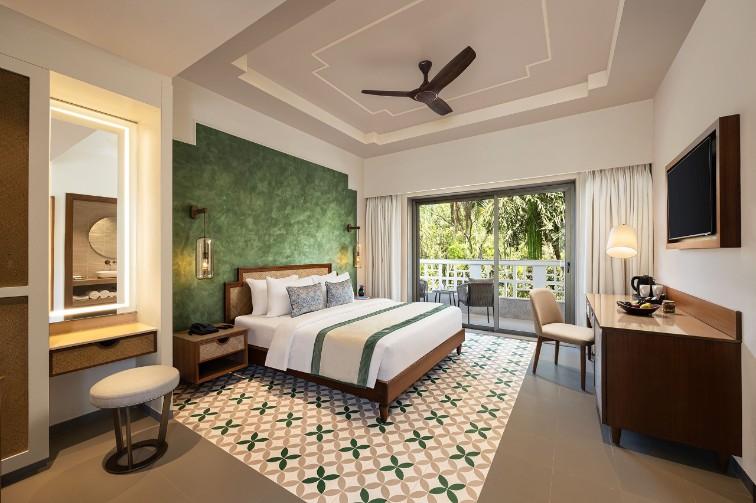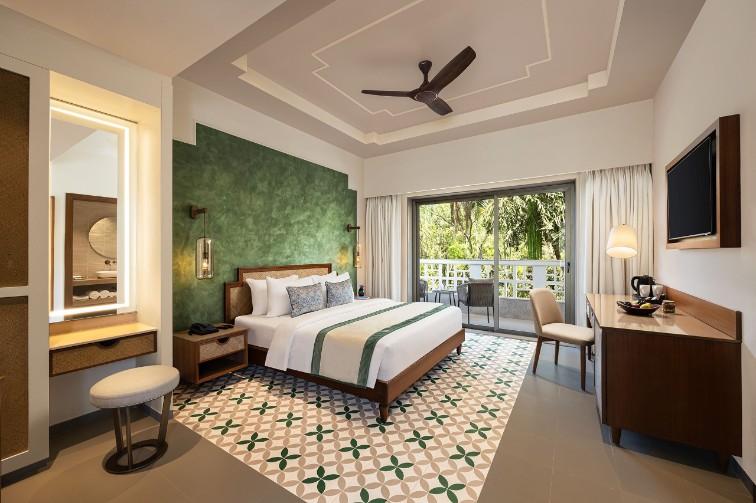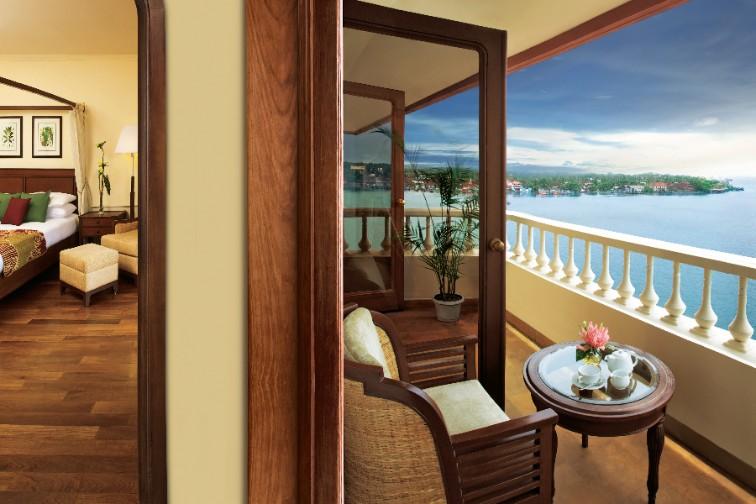
Hotels
•06 min read

Banswara, famously known as the "City of Hundred Islands," is a hidden gem where nature meets culture in every season. This comprehensive travel guide will help you determine the best time to visit Banswara by shedding light on its unique climate, attractions, and accommodation options, ensuring you plan a memorable trip. Whether you’re a nature enthusiast, a cultural explorer, or a budget traveler, this guide will walk you through the ideal times to experience everything Banswara offers.
Banswara experiences a battle of seasons: hot summers, heavy monsoons, and mild winters. Summers (May to June) are typically hot, which might challenge outdoor activities. Monsoons (July to September) drench the region in mesmerizing rain that rejuvenates its landscapes, while winters (October to February) provide cool and comfortable conditions perfect for sightseeing. Understanding these weather patterns is essential to optimizing your trip, as each season brings a distinctive backdrop for different activities.
Timing your visit to Banswara can significantly alter your travel experience. The season you choose affects the comfort level, available attractions, and even the photography opportunities. Each time of the year unveils a new facet of Banswara’s charm—from vibrant festivals with cultural performances to serene moments on the shimmering lakes. In the following sections, we explore the seven best seasons to visit Banswara, each unlocking unique experiences for every traveler.
Winter is considered the peak season for a Banswara trip. Thanks to the crisp, cool weather, visitors can explore landmarks without battling oppressive heat. Popular attractions like Mahi Dam and Vithala Deo Temple are particularly enjoyable during these months. The pleasant climate also enhances local festivities where traditions come alive. This season is ideal for viewing the city's natural beauty and historical architecture at their best.
Spring in Banswara brings a burst of mild and refreshing weather that perfectly complements outdoor activities. Attractions such as Anand Sagar Lake and the revered Tripura Sundari Temple are best enjoyed in this gentle climate. As nature revives itself with blossoming flora, spring offers a tranquil setting for leisurely strolls and reflective moments amidst the scenic beauty of the region.
Summer in Banswara can be challenging due to soaring temperatures. However, for early risers and disciplined travelers, mornings provide a window to explore ancient temples and historical sites before the heat intensifies. Indoor visits to museums and local markets also become a viable option during this time, allowing visitors to immerse themselves in Banswara’s cultural narrative while avoiding the harsh afternoon sun.
Monsoon casts a magical spell on Banswara. The rains transform the landscape into a lush paradise, accentuating the natural beauty of landmarks like Kagdi Pick-Up Weir and Singpura Waterfall. Rain-washed scenery makes it a photographer’s dream, despite a few travel inconveniences. Nature enthusiasts will find the monsoon season a riot of colors and forms, ideal for capturing unique moments and enjoying the song of the rain.
Banswara thrives on its cultural celebrations. Specific festivals such as the Ghotia Amba Fair and Holi add vibrant hues and irresistible energy to the city. Timing your visit to coincide with these festivals provides a deeper understanding of local traditions and offers unique opportunities to witness time-honored rituals and community gatherings that add an element of excitement to your travel experience.

For budget-conscious travelers, offbeat periods—typically the shoulder months outside peak seasons—provide an ideal time to visit Banswara. During these months, accommodation prices drop and tourist spots become less crowded. This quieter time allows visitors to enjoy attractions at a leisurely pace and engage more deeply with local culture, often discovering hidden gems away from the usual tourist path.
Ultimately, the best season for a Banswara trip depends on your personal interests. Whether you’re seeking adventure, relaxation, or cultural exploration, tailoring your visit to match your preferences will enrich your experience. With diverse activities available throughout the year, you can design an itinerary that accommodates everything from adrenaline-inducing hikes to peaceful temple visits.
Winter is perfect for exploring prominent landmarks. Sites like Mahi Dam and Vithala Deo Temple are best visited during the cool months when weather conditions enhance comfort and visual clarity. The crisp air provides excellent conditions for photography, capturing the intricate details of historical architecture and the natural grandeur that defines Banswara.
The monsoon season breathes life into Banswara's scenic spots. Dialab Lake and various waterfalls burst into a display of vibrant greenery and cascading water, creating an otherworldly spectacle. This season draws nature photographers and eco-tourists, keen to document the interplay of rain, water, and vegetation in its full glory.
Some destinations in Banswara remain captivating irrespective of the season. Ever-popular spots such as Tripura Sundari Temple and Madareshwar Temple offer timeless allure. Their historical and spiritual significance ensures that these attractions are never out of season, inviting visitors throughout the year to step into a world of heritage and mystique.
Banswara caters to all types of travelers with a range of accommodation options from budget hotels to premium stays. You can find affordable inns near cultural landmarks as well as luxury hotels that offer stunning views of the city’s natural beauty. This variety ensures that every traveler has a comfortable base from which to explore the region.
Selecting the right place to stay in Banswara requires considering the location, season, and available amenities. Look for hotels that offer easy access to major attractions and have provisions that suit your travel needs. Whether it’s a cozy room during the chilly winter or a scenic view while the monsoons treat the city to their magic, choosing well can elevate your overall experience.
For winter, opt for hotels known for their warm hospitality and proximity to historical landmarks. During the monsoon, select accommodations with panoramic views of the lush surroundings, allowing you to enjoy the rain-kissed scenery right from your window. Budget travelers may find offbeat periods with well-priced stays that still maintain quality and comfort.

When packing for a trip to Banswara, consider the weather. For winter visits, bring warm clothing and a light jacket, while spring and autumn may only require comfortable, layering options. Monsoon travelers should prioritize waterproof clothing and umbrellas, and summer visitors might need sun protection such as hats, sunglasses, and sunscreen. Packing wisely ensures that you are prepared for any weather changes.
Maximize your visit to Banswara by planning your daily itinerary around the local weather. Early mornings are ideal for exploring popular sites before the day gets busy. Choose guided tours if you’re unfamiliar with local routes, and keep local transportation options in mind to navigate through remote areas with ease. A little planning enhances your sightseeing experience and helps you avoid peak crowds.
Immerse yourself in the local culture by trying traditional foods and indulging in local shopping experiences. Authentic dishes and handicrafts offer a glimpse into Banswara’s rich heritage. Embrace local customs and greet residents with respect, as these insights provide a deeper and more rewarding connection with the community.
Did You Know? Monsoon in Banswara is a Hidden Treasure
Banswara transforms into a lush green paradise during the monsoon season. Waterfalls like Singpura and Jua Falls are at their most vibrant, making this an ideal time for nature enthusiasts and photographers.
The best time to visit Banswara is during the winter season (October to February) when the weather is cool and ideal for sightseeing.
Absolutely. With its scenic lakes, temples, and waterfalls, Banswara offers a unique blend of nature and culture that appeals to every traveler.
Banswara experiences hot summers, heavy monsoons, and mild winters, each providing a different ambiance for visitors.
From budget hotels to premium resorts, Banswara offers a range of accommodation options, with popular areas including locations near Anand Sagar Lake and the city center.
Key attractions include Tripura Sundari Temple, Kagdi Pick-Up Weir, Mahi Dam, and Dialab Lake, among others.
Banswara is a destination that offers something unique in every season, from serene landscapes in winter to vibrant monsoon spectacles and festive celebrations. Whether you’re seeking historical insights or natural beauty, the perfect time for your visit depends on your interests and travel style. With clear guidance on the best season for your Banswara trip, comprehensive sightseeing tips, and a range of accommodation options, this guide is designed to help you create a truly memorable journey through one of India’s most enchanting regions.